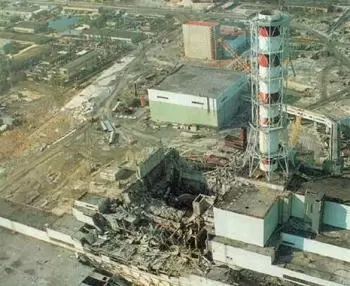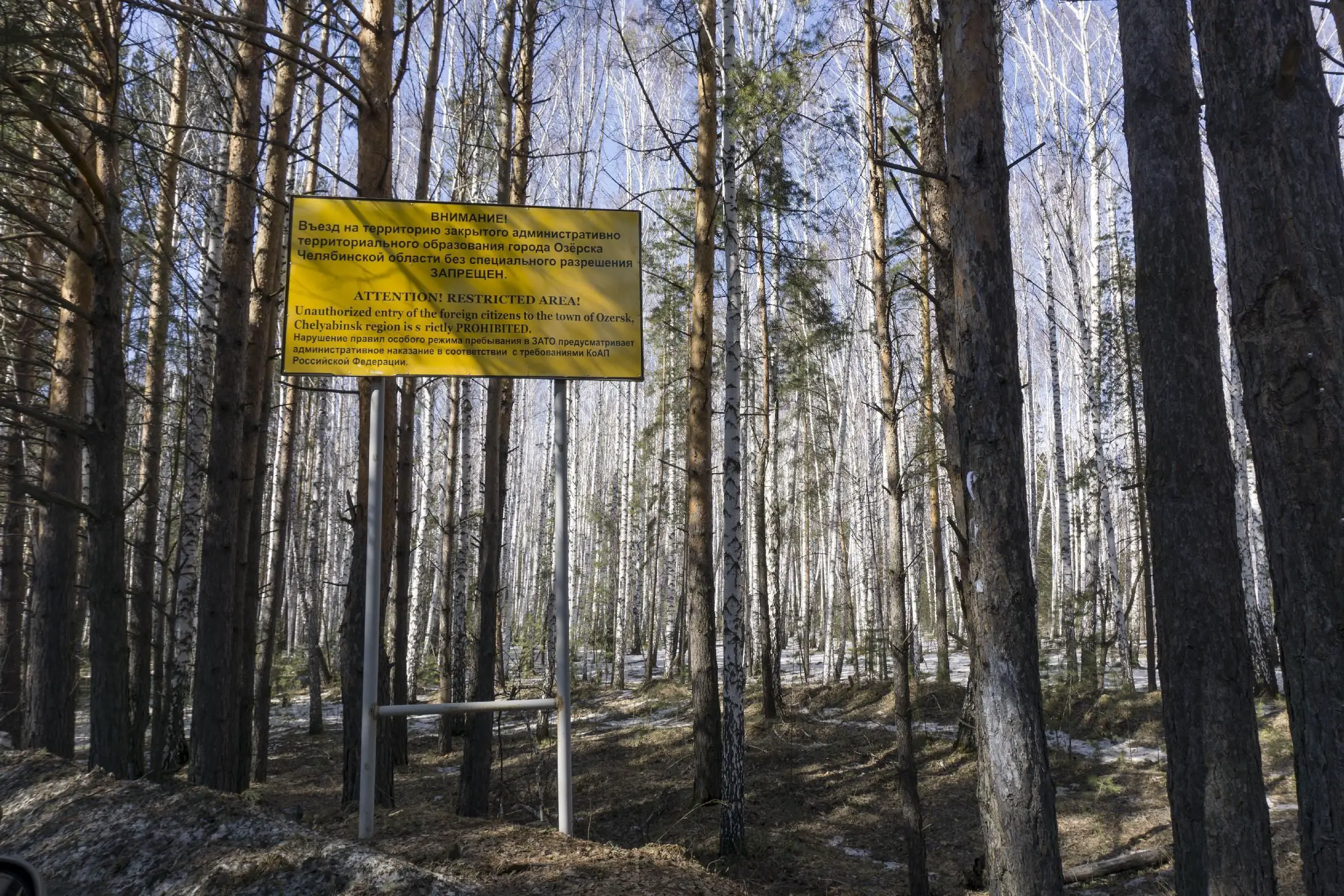
The Kyshtym accident was a tragic episode that occurred on September 29, 1957 at the Mayak nuclear power plant, a nuclear fuel reprocessing complex in the Soviet Union.
Although it is now considered one of the most serious nuclear disasters in history, its significance went unnoticed for years due to Soviet secrecy surrounding the event.
The Mayak plant and its construction
 The Mayak plant was built during the early years of the Cold War, when the Soviet Union embarked on a nuclear arms race to compete with the United States, which had used nuclear weapons at Hiroshima and Nagasaki to end World War II.
The Mayak plant was built during the early years of the Cold War, when the Soviet Union embarked on a nuclear arms race to compete with the United States, which had used nuclear weapons at Hiroshima and Nagasaki to end World War II.
In 1945, the Soviet government began developing its own nuclear capability, and one of the pillars of this effort was the construction of the Mayak plant, whose primary purpose was to produce plutonium for nuclear weapons.
The construction of the Mayak plant began in complete secrecy, in a remote area near Lake Karachay, in the Chelyabinsk region, in the Urals. In 1948, the plant began operating under the name "Chelyabinsk-40" and later - "Chelyabinsk-65".
The complex was vital to the development of Soviet nuclear technology, and its primary function was to reprocess nuclear fuel, produce plutonium, and manage nuclear waste generated by nuclear weapons production.
The first Mayak reactor began operating in 1948, and over the years the plant was expanded to include additional reactors as well as radioactive waste storage facilities.
However, due to the secretive nature of the facility, concerns about safety and health risks were not adequately addressed during the first decades of operation.
The Kyshtym accident: causes and development
The Kyshtym accident occurred at the Mayak plant on 29 September 1957, and was so severe that it was classified as level 6 on the International Nuclear Event Scale (INES), making it the third worst nuclear disaster in history, behind Chernobyl (level 7) and Fukushima (level 7).
The accident occurred when the cooling system of a tank storing nuclear waste failed . This failure caused the tank to overheat, triggering a chemical reaction and an explosion in the building where the radioactive waste was stored.
Although not a nuclear explosion per se, the chemical blast had devastating consequences. The force of the explosion broke through concrete containment barriers and released large quantities of radioactive material into the environment.
It is estimated that around half of the radioactive material stored in the tank was dispersed, affecting the surrounding areas, including nearby towns such as Kyshtym, which gave the disaster its name. The explosion caused a radiation cloud that spread over a large area and had a significant impact on the health of the local population.
The Soviet cover-up
One of the reasons why the Kyshtym accident remained so unknown for so long was the deliberate effort by the Soviet authorities to conceal the disaster.
In the context of the Cold War and with the USSR seeking to project an image of invulnerability, the government decided to keep the accident and its consequences secret. For more than 30 years, the Soviet authorities did not officially acknowledge the disaster or provide details about the extent of the radiation released.
The Mayak plant and its activities were in an isolated and closed area, and the local population in nearby towns, such as Ozersk, was not informed about the dangers of radiation.
In many cases, residents continued to use water from contaminated rivers for drinking and daily activities, contributing to radioactive exposure without being aware of the risks. Lack of information and lack of adequate safety measures led to serious health problems in the population, many of which remained undiagnosed and untreated.
Consequences of the accident
The consequences of the Kyshtym accident were devastating, both in the short and long term.
 Although there were no immediate deaths as a result of the explosion, the consequences of the release of radioactive material were severe. It is estimated that tens of thousands of people were exposed to elevated levels of radiation, resulting in illnesses and long-term effects, including cancers, genetic malformations and reproductive health disorders.
Although there were no immediate deaths as a result of the explosion, the consequences of the release of radioactive material were severe. It is estimated that tens of thousands of people were exposed to elevated levels of radiation, resulting in illnesses and long-term effects, including cancers, genetic malformations and reproductive health disorders.
The area affected by radiation extended over thousands of square kilometers, affecting several towns near the plant. Radioactive contamination accumulated in the soil, water, and air, and people living near the plant experienced a range of health problems, including thyroid cancer, leukemia, and other radiation-related disorders.
The impact of the accident was not officially acknowledged by the Soviet authorities for many years, preventing adequate mitigation measures and medical care for those affected.
In addition, the explosion at Mayak caused significant environmental damage. Radioactive waste released during the accident reached the Techa River, which is a tributary of the Ob River.
Water pollution severely affected the fauna and flora in the nearby areas, contributing to the deterioration of the local ecosystem. Lake Karachay, which is located near the plant, became one of the most polluted bodies of water in the world due to the radioactive waste that was deposited in it.
In subsequent decades, Russian authorities have had to deal with the long-term effects of pollution in the region.
Mayak today
Today, Mayak remains one of Russia's largest and most operational nuclear complexes.
Over the years, it has continued to operate as a nuclear fuel reprocessing facility, although its focus has shifted to treating nuclear waste. The plant is overseen by Russia's Federal Nuclear Energy Agency (MinAtom), and its location remains secret as it remains a restricted area.
Despite advances in nuclear safety since the Kyshtym accident, the Mayak plant remains a site of concern over environmental and health risks.
The complex employs around 17,000 people and has several nuclear reactors, although some of them are in the process of being decommissioned. The plant remains a symbol of the dangers of the nuclear industry in the region and a reminder of the lessons that must not be forgotten.